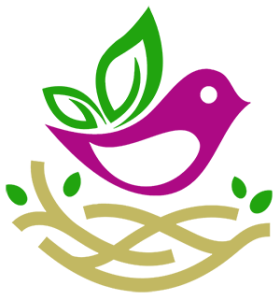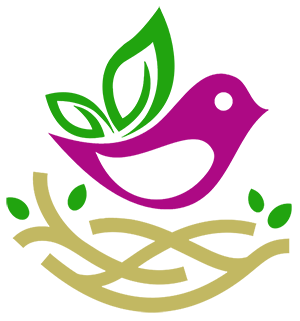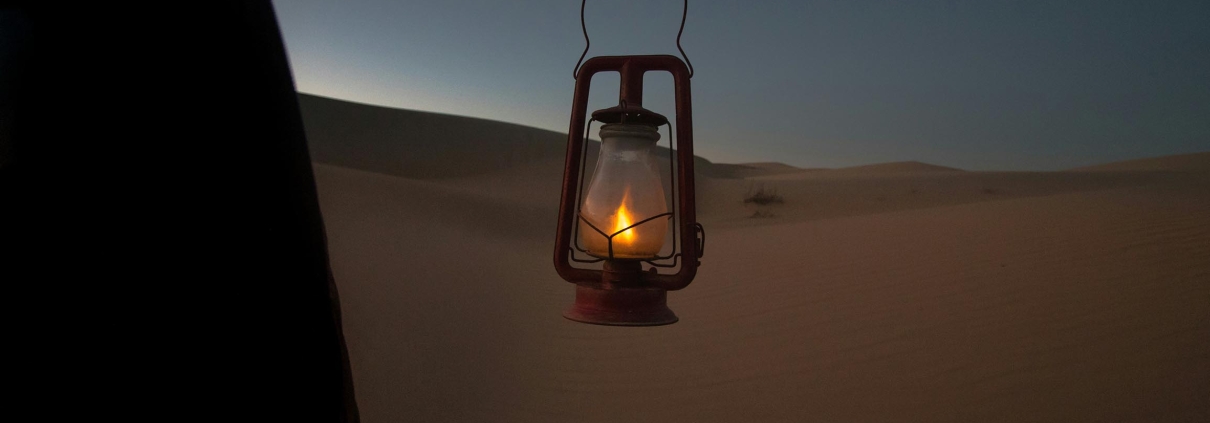Traveling to Qeshm During Ramadan
On Qeshm Island, in the south of Iran, the holy month of Ramadan holds a deep significance for the people. With everybody fasting during the day, life seems on hold until sunset when the call for prayer invites believers to break their fast. If you find yourself traveling in Qeshm during Ramadan, here’s a glimpse of what awaits you during that singular celebration time.
While many travelers to Iran may be aware that Ramadan involves fasting during daylight hours, it encompasses much more than abstaining from eating and drinking. It’s a month when believers express gratitude for the blessings bestowed upon them by God and show solidarity with those who are less fortunate. In Qeshm, far from being a month of hardship, Ramadan becomes a time of joy, kindness, and communal spirit.
When Does Ramadan Take Place?
According to the Islamic tradition, it’s during the ninth month of the Hijri calendar that the Holy Quran was revealed to the Prophet, hence making it particularly sacred. As the Hijri calendar is 11 days shorter than the Gregorian calendar, the date of the Ramadan varies each year when converted to the Gregorian calendar. In 2024, the first day or the Ramadan is expected to fall either on the 10th or 11st of March.
But here’s the catch: the exact date hinges on the sighting of the new moon in the night sky. On the eve that precedes the start of Ramadan, if you wander the streets of Dehkhoda, you’ll encounter men quietly sitting outdoors, gazing at the sky. Their purpose? To witness—or not—the appearance of the delicate crescent moon signaling the beginning of this sacred month.

Ramadan’s Atmosphere on Qeshm Island
As Ramadan starts, believers must abstain from eating, drinking, and other consumables (such as cigarette) from sunrise to sunset. While in most parts of Iran, especially the cities, daily life continues almost as usual during Ramadan, Qeshm Island stands apart. Here, every local person observes the fast with dedication.
Yet, in Qeshm, food is more than just a meal, it’s a social bond. Ramadan is no exception, but all love and dedication is put into preparing the “Iftar” table. A few hours before sunset, an irresistible aroma wafts through the streets of the village, as kitchens are busy with preparing for the evening meal.
In Qeshm, the Iftar table is always composed of dates and doogh (a yogurt drink), that are first eaten to break the fast. Other traditional foods are small breads stuffed with cheese, sweet luqaimat dumplings, ash (a thick bean soup), soup, and any other culinary delight the household may fancy.
While the table gets ready, children are going from one house to the other, exchanging plates of food: One brings a bowl of soup and departs with a plate of luqaimat, while another swaps a few slices of pizza for samboussa – a delightful dance of generosity and solidarity.
Life Unfolds at Night
Laft is one of the best places to be before sunset in Ramadan. Renowned for its scenic sunset views, the city of Windcatchers has a unique atmosphere during Ramadan. While the streets are empty and quiet during the last hours of daylight, it burst with life at the sound of Azan (the call for prayer).
In Qeshm, life truly begins at sunset during Ramadan. Right after eating Iftar, the mosque’s loudspeakers resonate with the recitation of the Quran, enveloping the villages in a spiritual atmosphere. Meanwhile, people gradually resume their daily routine: working, shopping, etc… Throughout Ramadan, most shops and supermarkets are open from 6 PM to 1 or 2 AM.
At Coludang, our lively music evenings are replaced by late night friendly gatherings in the yard. Indeed, listening to and playing music is forbidden to believers, but it doesn’t stop them from enjoying each other’s company through games and other joyful activities.

Navigating Food During Ramadan in Qeshm
When it comes to finding food during Ramadan in Qeshm, travelers need not worry. Local people are particularly tolerant, and won’t expect non-Muslims or travelers to do observe the fast. Instead, their strong sense of hospitality prevails and they will insist for you to eat the food they’ve prepared.
However, if you’re visiting remote places on the western side of the island, it’s wise to carry water and other supplies, as you may struggle to find a supermarket open. On the other hand, restaurants in touristic villages and cities continue their activity almost as usual, ensuring that visitors can savor local flavors even during this sacred month.
Eid el-Fitr: Celebrating the End of Ramadan
This time again, it’s the apparition of the crescent moon that marks the end of the month of Ramadan. But in Qeshm, that night is anything but quiet! Tomorrow morning the celebrations of Eid-el Fitr will start.
Eid-el Fitr is one the most important and cherished celebrations on Qeshm. It is called by locals the “small Eid”, in contrast to Eid-e Ghorban (or Eid-el Kabir) nicknamed the “big Eid”. During Eid-el Fitr, each household sets up a “soffreh”: a table adorned with sweets, nuts, fruits, and, of course, cardamom coffee. From morning until the noon prayer, neighbors and relatives visit each other, asking for forgiveness, and sharing delicacies.
On Eid, the tradition also wants that people wear new clothes. Men are elegantly dressed with their traditional long white robe called “jimeh derâz”, while women are wearing colorful dresses adorned with shimmering elements.
Visitors may not perceive much of these celebrations, as much of it unfold indoors; Yet, they hold immense value in the hearts of people from Qeshm. Like Ramadan itself, these intimate moments weave the fabric of culture and tradition on our island. So, while traveling to Qeshm during Ramadan may come with some constraints, it’s also an incredible opportunity to immerse yourself in our rich heritage.




